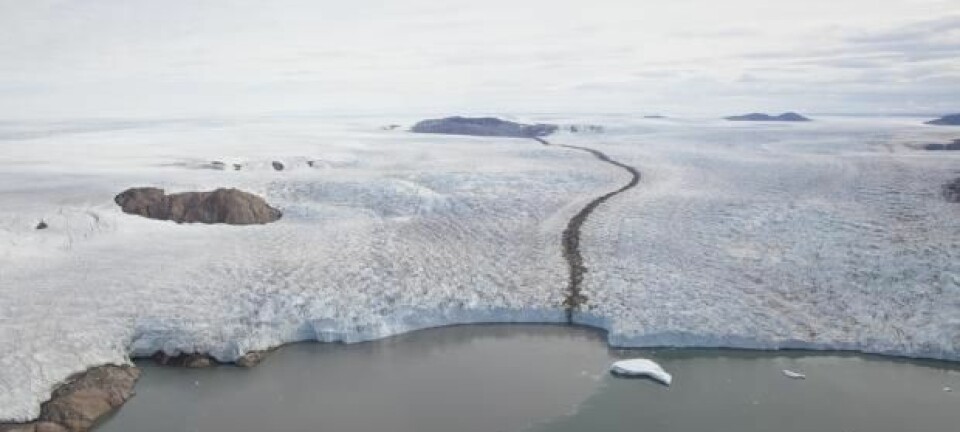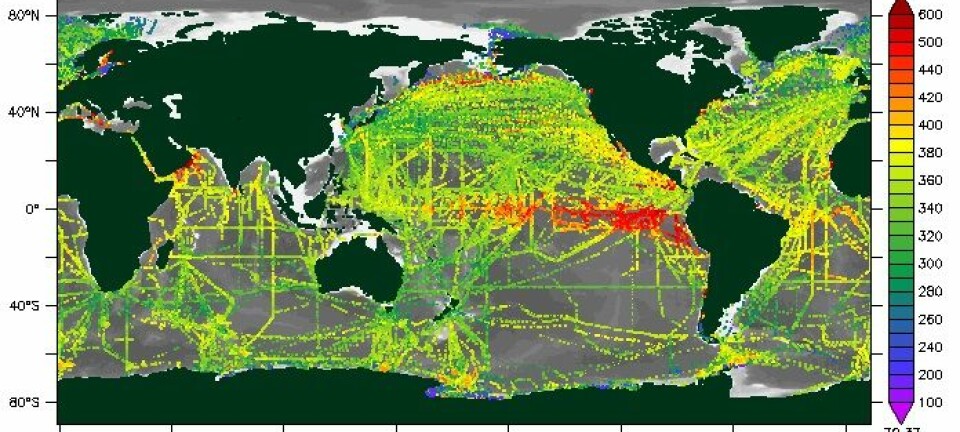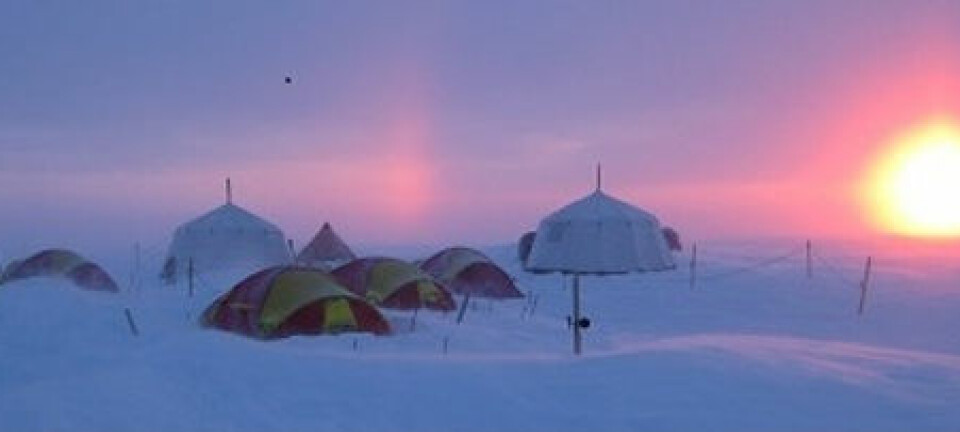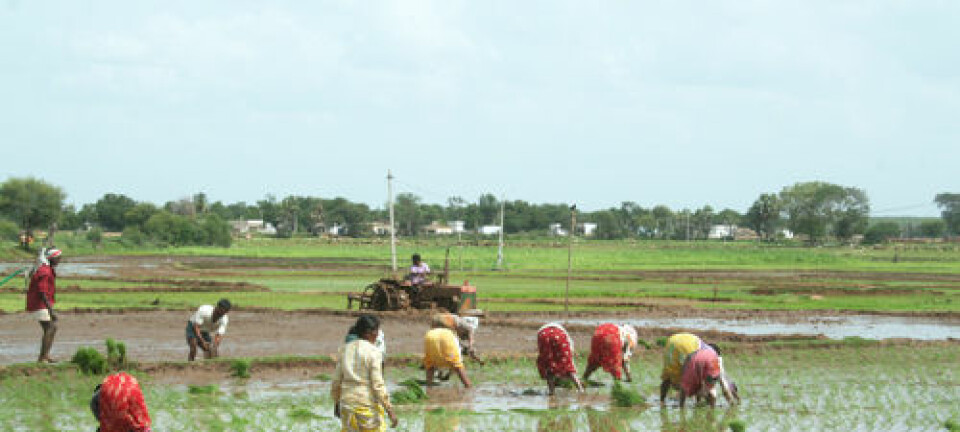
Man has affected the climate for 2,000 years
New research using ice cores from Greenland shows that mankind emitted greenhouse gases affecting the climate during the time of the Roman Empire.
Scientists studying the amount and composition of methane gas in ice cores from Greenland have discovered that the methane component in the composition of the Earth’s atmosphere has changed over time.
These results give the scientists a clearer insight into not only 2,000 years of history of agriculture and the burning of trees to clear forests, but also into how mankind has affected the climate further back in time than previously thought.
“The amount of methane in the atmosphere is an indication of the impact of the Roman Empire on the climate 2,000 years ago,” says Professor Thomas Blunier of the University of Copenhagen’s Niels Bohr Institute.
“Our findings are spectacular – for not only can we see further back in time than we’d previously been able to, but they also tell us something about how much mankind actually impacts on the climate.”
Our findings are spectacular – for not only can we see further back in time than we’d previously been able to, but they also tell us something about how much mankind actually impacts on the climate.
Together with colleagues from the Netherlands, France and the US, Blunier was responsible for the study, which is published in the scientific journal Nature.
Methane emissions over 2,100 years now mapped
In their study of the ice cores from Greenland, the researchers investigated how mankind’s spread across the known world and man’s technological progress have impacted on the methane component in the atmosphere’s composition over time.
In the ice cores, the scientists can see the first indications that mankind was affecting the climate as far back in time as 2,100 years ago.
Back then, only a few of the civilisations on Earth kept cattle and burned large areas of trees, either to clear forests or to produce charcoal for fuel. Despite these activities, the researchers can see changes in the methane composition in the ice cores from Greenland that cover this period of history.
The scientists can also see how the dry climate of the Middle Ages resulted in more forest fires, which emitted great quantities of methane to the atmosphere.
The industrialisation and massive population growth in the 1800s can also be seen quite clearly in the ice cores. But although mankind has affected the climate for thousands of years, it was not as noticeable then as it is today.
“There has been a great change in the emissions of methane from about the year 1 until today,” says Blunier.
“Only a small part of the emitted methane gas was due to human activities 2,000 years ago. Today, more than half of the methane emissions result from human activity.”
Different methane isotopes reveal the source
Behind the results of the new study is an analysis technique that enables the scientists to differentiate one source of the methane from another – the composition of the carbon isotopes C13 and C12 in the methane gas.
“Different sources of methane have different isotope compositions,” says Blunier.
“Methane that is produced by burning trees contains more of the heavy carbon isotope C13 compared to the light carbon isotope C12, which is primarily produced in wet areas. This means we can determine how much of the methane comes from the different sources.”
Growing rice and cattle farming emit methane
By studying the composition of the methane, Blunier and his colleagues can see that the methane content today primarily derives from human activities.
The two largest sources of methane are growing rice and cattle farming.
Growing rice takes place in an artificial form of wetland, which emits large quantities of methane to atmosphere. Cattle have bacteria in their stomachs, and this causes the cattle to produce large quantities of methane irregularly.
Rice and cattle each account for about 15 percent of the whole world’s methane emissions.
Methane less important than CO2
The ice cores give scientists insight into 800,000 years of climate history – including temperatures and the atmosphere’s content of carbon dioxide (CO2) and methane.
The ice cores show that the methane content in the atmosphere during the most recent Ice Age was 350 ppb (parts per billion); it then rose to 700 ppb at the start of the current inter-glacial period 11,700 years ago.
Since then, mankind has emitted so much methane gas that the atmosphere contains 1,800 ppb of methane.
Methane is nevertheless not our greatest source of concern about the climate.
“Although methane has an impact on the greenhouse effect, it’s still CO2 that we must keep an eye on,” says Blunier.
“In the global warming context, methane is only a bit player. But studies of the varying methane composition over time can tell us a lot about mankind’s impact on the climate both historically, now and in the future.”
--------------------------------------
Read the Danish version of this article at videnskab.dk
Translated by: Michael de Laine








